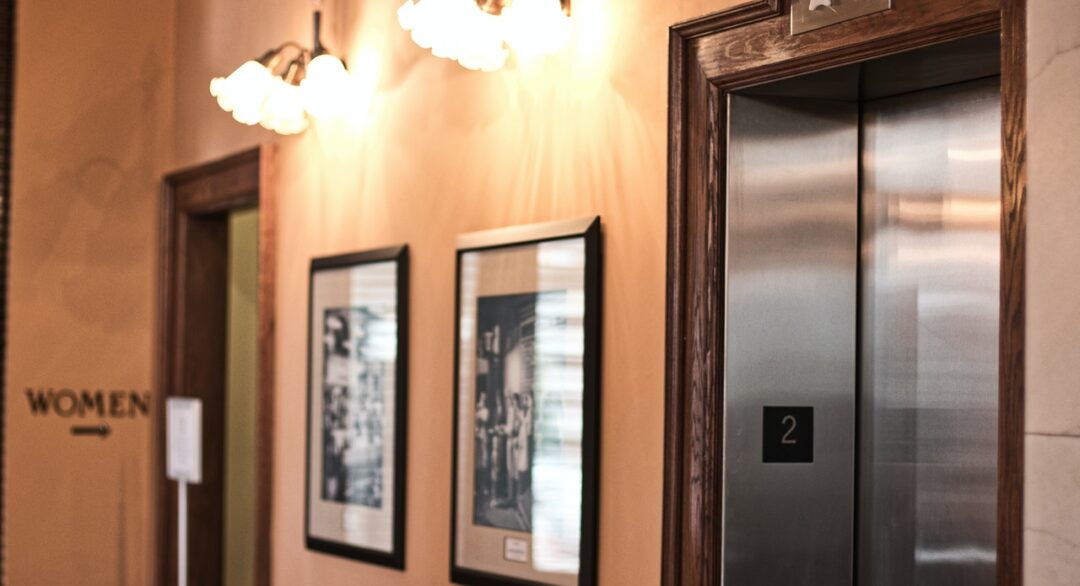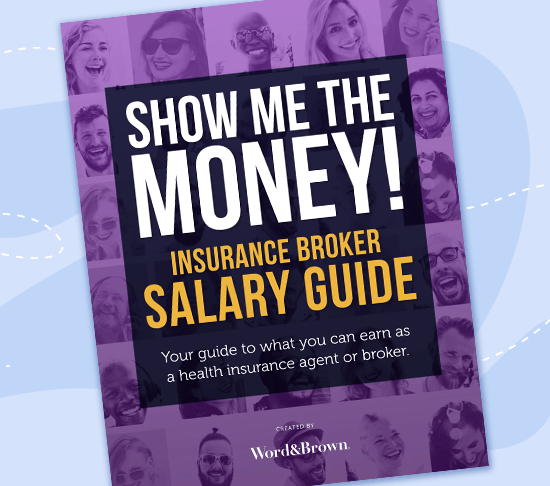Imagine this: you’ve just finished a meeting with a prospect, who has agreed to become a new client. As you leave his or her office, you board the elevator to go to lobby, where you can access shops and the parking area for the building. You decide to stop in the first floor coffee shop for a refreshing beverage to treat yourself. The person in line in front of you looks vaguely familiar, but you’re not close enough to know for sure. After a moment or two, you realize she’s the owner of a local company you’re been anxious to meet with to pitch your employee benefits advisory services.
That is where your elevator pitch comes in.
What’s in an Elevator Pitch?
There are some critical things to consider as you put together the draft of your elevator pitch:
- It should last 30-60 seconds or 75 words (Your elevator ride may be short, so you cannot realistically expect to be able to speak for a long time. Use your cell phone’s stopwatch to time your completed pitch.)
- Start by introducing yourself (“Hi, I’m _________; it’s very nice to meet you.”)
- You want to demonstrate your professional skills, strengths, and aptitude, so briefly summarize what you do (“I’m an employee benefits agent with XX years of experience . . . “)
- Explain your Unique Selling Proposition – and what value you bring to the table (“I help employers determine their employee benefits budget and shop for insurance coverage that delivers the most choice to employees at the best value.”)
- End with your planned next step (“I would love to call you next Monday to discuss how I can help you expand your employees’ benefits, while still controlling your costs.”)
The job search website Indeed offers other guidance and examples in this article from 2020.
Developing Your USP
Your Unique Selling Proposition (USP) is a vital element of your elevator pitch. If you’re unfamiliar with a USP, it’s what makes you, your agency, or your service unique – what sets you apart from your competition. For example, “I help employers shop for and compare employee benefits options for their businesses.” It’s succinct, but not all that unique or descriptive. A better example might be, “I work with employers to help them define their employee benefits budget, and then identify programs available that can help them maximize their benefits dollars to offer the greatest choices available to their employees.”
After sharing your USP, ask an open-ended question (one that can’t be answered “yes” or “no”) to engage your prospect. One example might be, “How often does your organization review its employee benefits options to ensure it’s getting the most value for what you’re spending?”
Practice Makes Perfect
The old adage really applies here. How you say it is just as important as what you say. You need to feel comfortable with what you plan to say, and you want to avoid talking too fast. The more you practice, the more natural you’ll be in delivering your pitch. Consider rehearsing with a friend or relative, or recording your message.
Smile, be positive, avoid rambling, and always have a business card handy to share at end of your conversation. Or, use your smartphone to share your contact information. (Someone you just met may or may not be comfortable with this sort of information exchange.)
Once you’ve practiced at your office or at home, it’s time to take your show on the road. Get on an empty elevator and practice your pitch (to yourself). You may find the ride is not as long as you expected, so some reformatting of your remarks may be required.
Not Just an Elevator Speech
While it is called an Elevator Speech, you may encounter other opportunities to use it. We already described using it during a chance meeting at a coffee shop. You can also use it in the boarding area at the airport, on public transportation (like a subway), etc.
The idea is that you create interest in you, what you do, and how it can benefit the person with whom you’re talking. Not every opportunity will be the same, so it’s good to have multiple versions of your pitch for different circumstances. If you’re job hunting, you can use a variation of your pitch as an opening to your interview meeting. What’s key is that you be authentic, and what you say is not too much of an aggressive sales pitch that sounds overly rehearsed (even though it may be).
For other tips, read Perfect Pitch: How to Nail Your Elevator Speech on the website of The Muse.




